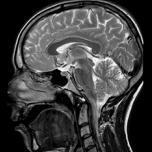
The Silent Threat Within: Microplastics & Cardiovascular Disease Risk (new study)
Started by
undeather,
22 posts in this topic
Create an account or sign in to comment
You need to be a member in order to leave a comment
